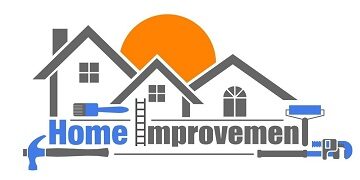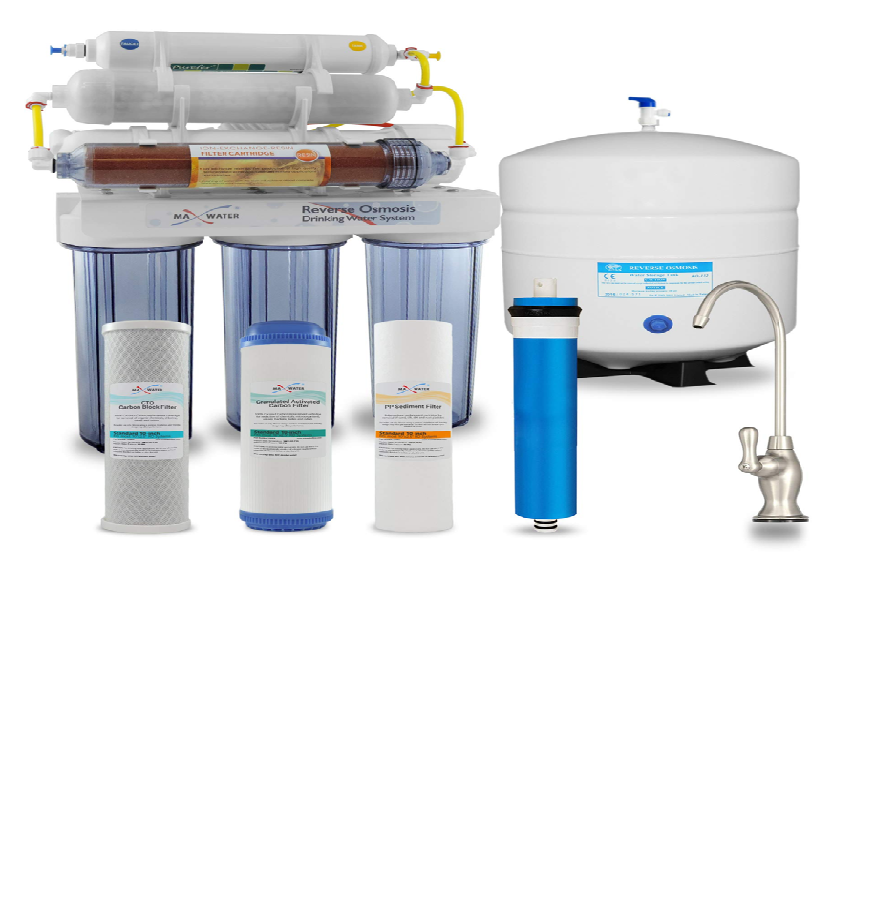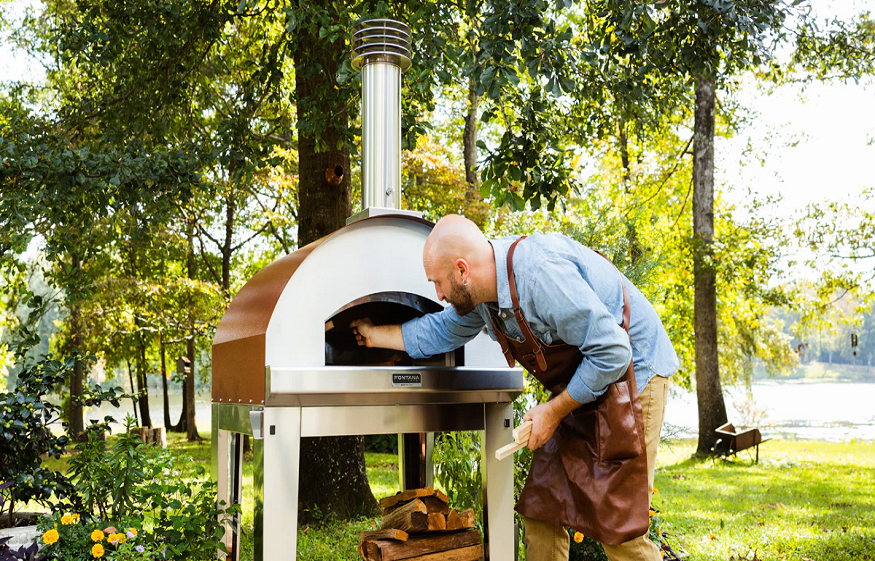What Do I Need to Know Before Purchasing a Reverse Osmosis System
So, you’ve decided to get serious about researching Reverse Osmosis Systems before making a purchase. Perfect. Here are seven more things to consider:
Do I need to buy a faucet? RO systems require a separate faucet for the treated water to dispense. Did you know you can upgrade your RO faucet to match the color, finish and style of your existing kitchen sink fixtures? See options here.
Do you want an air gap or non-air gap faucet? Non-air gap faucets do not have an “air gap” in the drain line to prevent drain water from being siphoned back into the system. However, non-air gap faucets are simpler to install, less noisy, and a check valve installed in the drain line can safely prevent backflow from the drain, which is why non-air gap is the most common type of faucet.
Wondering how many stages of filtration an RO system should have? RO systems typically come in 3, 4, or 5 stages of filtration. At least 4 stages are typically recommended for most applications. If you’re in well water or an area with high levels of sediment, you may want to consider a system that has extra pre-filtration (5 stages). Four to five-stage RO systems will provide adequate filtration for most applications.
What about water hardness? Does incoming water have a hardness level above 7 grains per gallon (gpg)? Keep in mind that an RO system is not a water softener and if your water is above 7 gpg hardness, water softener pretreatment will help preserve the life of an RO system and membrane, although not required.
Does an RO System Waste Water? Similar to how we use water to wash our dishes, clothes or vehicles, RO technology uses water to clean the RO membranes as they process water. During the filtration process, RO systems typically use more water than the filtered water it produces. But because the system shuts down once the storage tank is full, water does not continue to run down the drain. Some systems are more water efficient than others. Learn more on this topic here.
How much water can a system produce? Expect a GPD (gallons per day) production rate of 50% to 75% of system GPD rating. While it’s true that no one really uses 50+ gallons of drinking water per day, the “50 GPD rating” is the speed that an RO system makes drinking water and actually produces a gallon of water per hour (with normal water pressure of about 60 psi). Thus, a 50 GPD-rated system will provide adequate production for the common household and will not cost much more than a lower GDP-rated system. To determine water flow rate of your Reverse Osmosis System, learn more here.
Would you like RO water for your ice maker? Add a refrigerator ice maker adapter kit to easily get RO water from your ice maker. You’ll no longer need to buy a separate refrigerator filter. Learn more about how to connect your fridge/ice maker to your reverse osmosis drinking water system here.
This post was written by a water treatment expert at Pure Blue H2O. At Pure Blue H2O we are the providers of the best reverse osmosis system! We know that the best product comes from the best materials. They offer whole home water solutions such as reverse osmosis systems, shower head filtration, filter replacements, and a variety of similar products. Their focus is to provide Americans with safe and clean water throughout the home.



